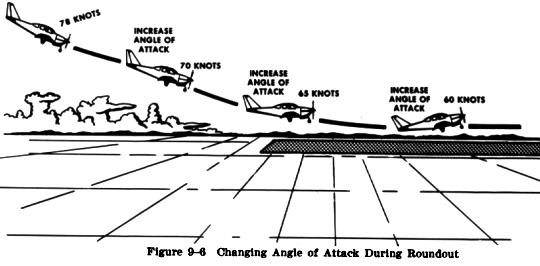Cooter
Ejection Handle Pulled
- Joined
- Dec 2, 2015
- Messages
- 2,412
- Display Name
Display name:
Cooter
Yes both airline landings can and were meant to be compared with eachother. What I was getting at is that the extra braking airline distance was only 20% as long as the extra airline floating distance, making the braking option much more attractive. Since the braking systems are so vastly different between GA and an airliner, I didn't want to use that 20% figure and infer that in a GA plane, the braking option was just as superior.
If anything, I thought the airliner would brake better because it has so many braking aids (thrust reversers, speedbrakes, spoilers, wheel brakes), whereas GA planes have few (wheel brakes, maybe thrust reversing prop if you're lucky). But if airliners brake less effectively (they are half a million pounds) than GA planes, that actually reinforces what the chart says and shows how much better it is to land the plane and brake hard.
I should say shorter, not "better", since landing fast could cause an accident.
Right, we're on the same page. That's what I thought but didn't have any data other than experience. Thanks for bringing that to the discussion.

